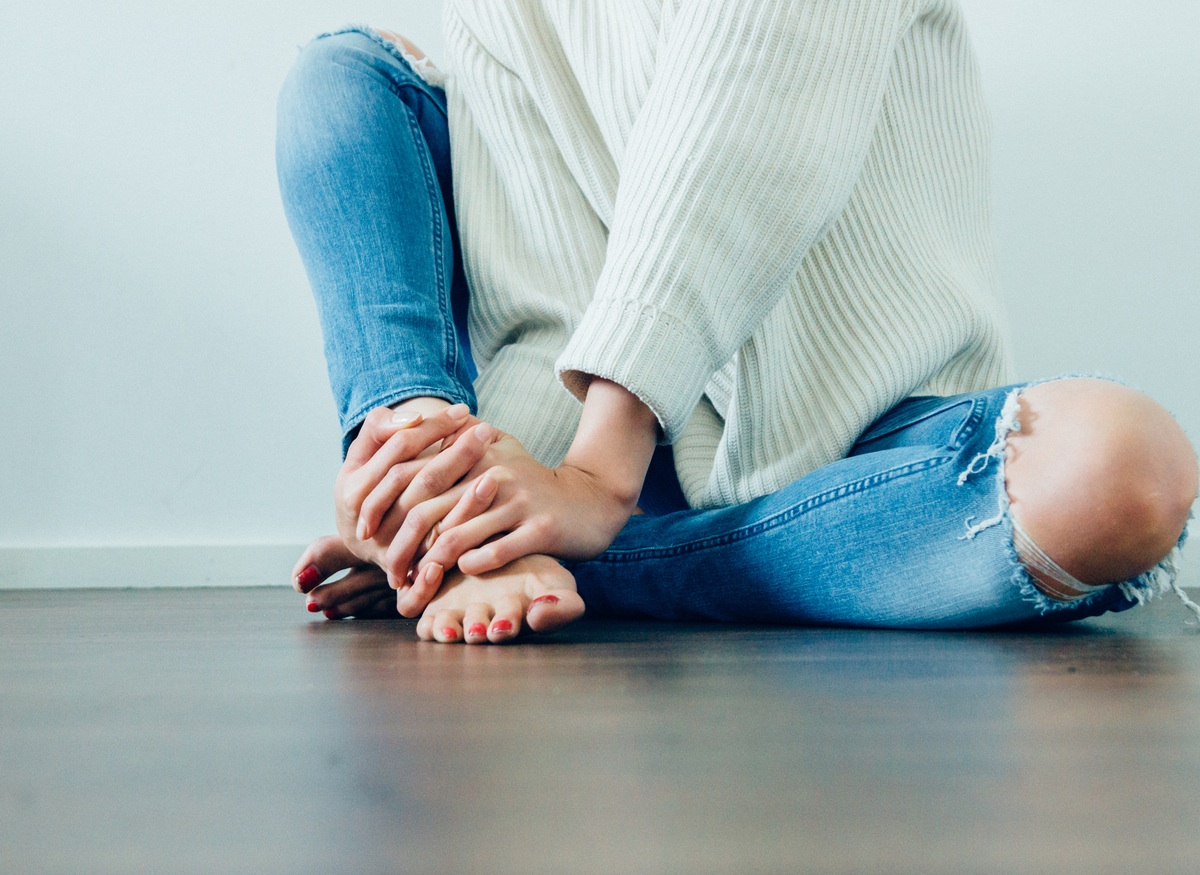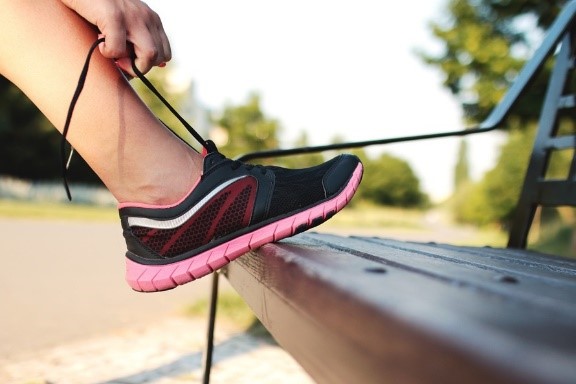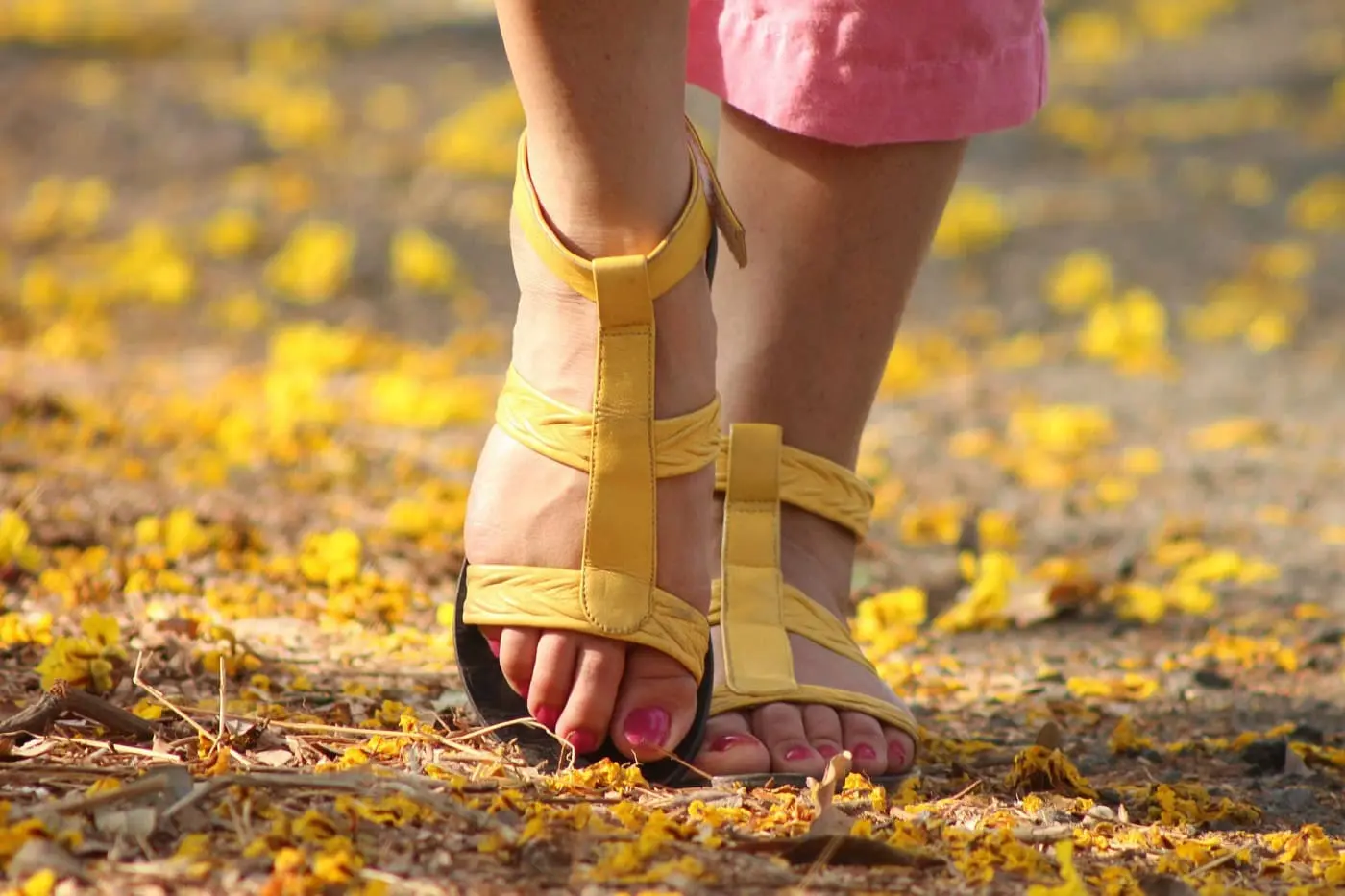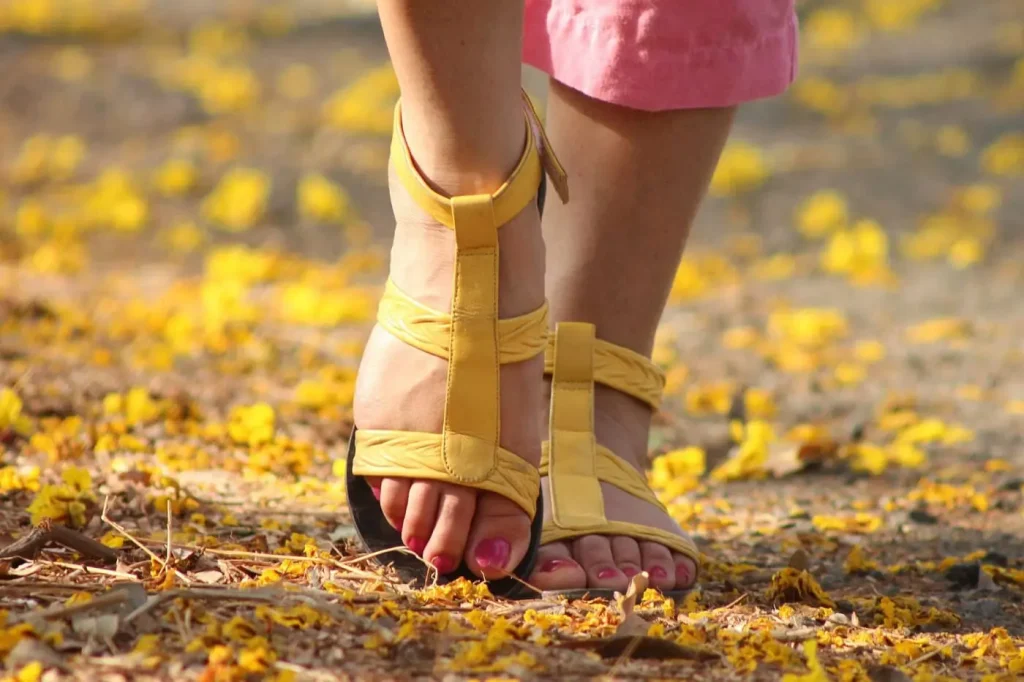
I recently read a book called The One Thing. The concept was simple: with all the noise and distractions that we have in our lives it’s important to focus on that one thing that is most important. Not an easy task.
Some of you may have remembered the movie City Slickers where the cowboy character Curly challenged the City Slicker character played by Billy Crystal who seemed to be going through a midlife crisis, and he needed to find that one thing.
At Anderson Podiatry Center for Nerve Pain when we explain nerve conditions in the lower extremity we try to keep it simple. We must play the role of a teacher, as most patients have no idea about our concepts of treating nerve conditions. We constantly have to introduce patients to the new concepts that we follow. So whether its neuropathy, drop foot or restless legs it gets back to that one thing.
It may not be by accident that you don’t know about the one thing. Some of you are not aware of the one thing as no doctor has told you, and most of all Big Pharma would never like for you to know what I’m telling you. They would rather keep you on the drugs. So what is this one thing? In one-word: compression. Yes, compression of nerves.
We all are born with nerve tunnels in the legs. Five of them lie below the knee. You probably have heard of carpel tunnel in the hand. There are several other nerve tunnels in the arms that frequently become tight and squeeze or compress the nerves traveling through them. NO one questions this, and drugs are frequently one of the last treatments recommended. The legs and feet should not be any different.
Sadly, the medical awareness and understanding of the tunnels in the lower extremity are 30 years behind understanding of the upper extremity. Why must medicine continue to offer less than optimal solutions for your neuropathy and restless legs problems? Why aren’t’ you educated about the potentials to have a chance of a permanent solution to your problem? The reasons are multiple, but that’s a discussion for another day.
So for now please open your mind to what I have been doing since 2002. When you come in we listen to where your symptoms are, and based upon that my attention is directed to one or more of these five tunnels. It’s really a very simple concept. We don’t discriminate. We simply treat the lower extremity like the upper extremity.
So, I challenge you to reconsider your options when you’re told that you have neuropathy or restless legs and there is nothing you can do except take drugs and live with it. Others may tell you that your nerve symptoms are from your back and you need a back injection, surgery or chiropractic care. It’s a constant story: my back or neuropathy.
Consider the one thing. It could be that your problem lies where your neuropathy pain or restless legs symptoms exist in the leg. We’ve learned not to discriminate because we consider the one thing. And because of that knowledge I feel we are better able to give you a chance at permanent reversal of your problems.
Please give us an opportunity to help you understand that one thing: compression. It may make the difference between years of drugs, being inactive, weight gain, depression and lack of sleep.
Don’t do what most people do, give up searching and never learn about the one thing: compression, and the five nerves that it affects.











